The Lion's Den
How to Create a Successful Influencer Marketing Strategy
Instagram Marketing
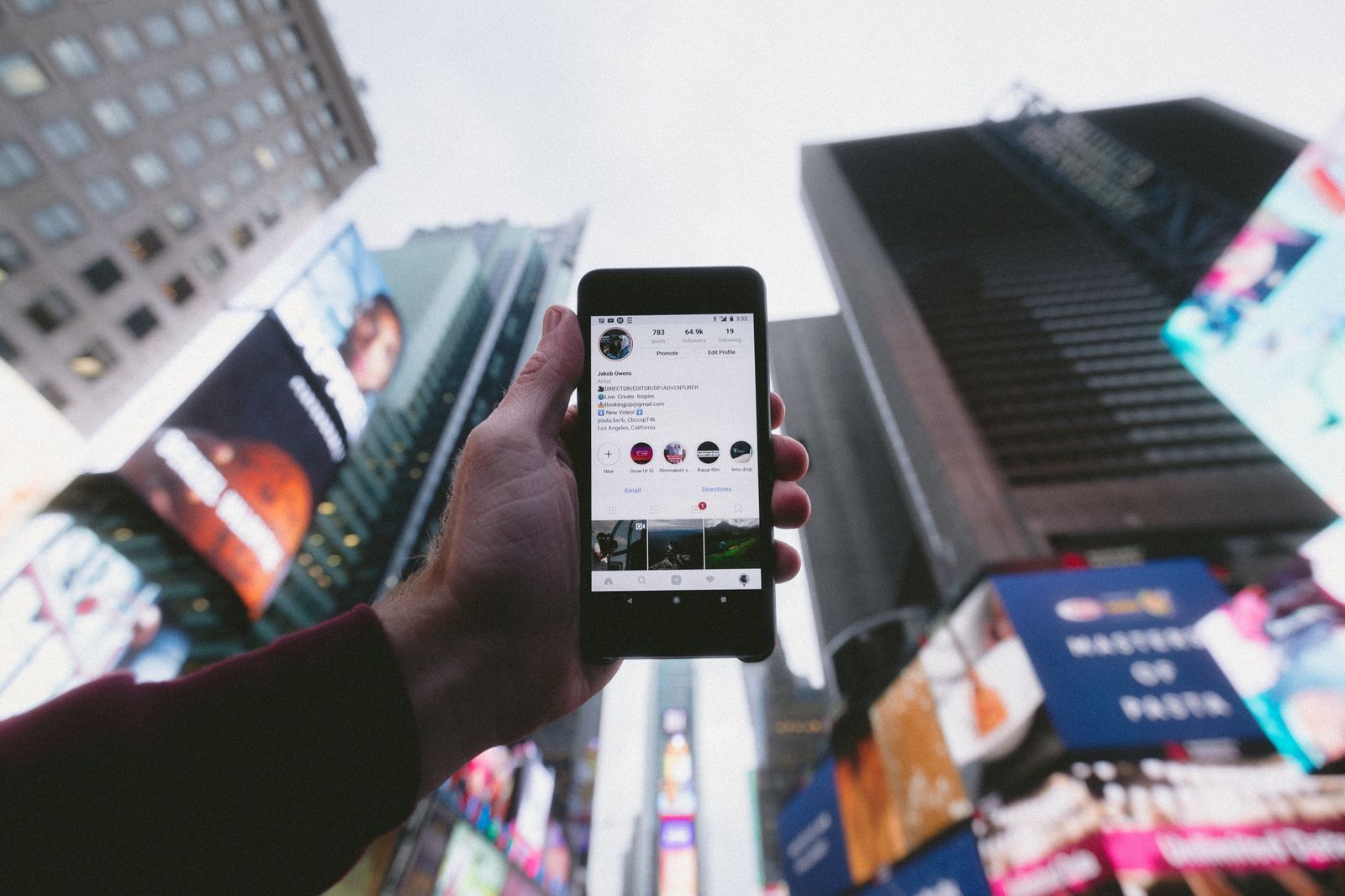


Influencers are “Internet celebrities”, that is, people who have a large and loyal number of followers on their social networks like Instagram. And since they are followed by a loyal number of people, by using a product or recommending a specific brand, they can influence their followers to make purchasing decisions.
The great advantage of working with influencers is that they are real people with great prestige among their audience. Currently, many brands and companies partner with influencers to boost brand recognition and disseminate information about their products or services to a specific audience.
Given the great saturation of traditional advertising, influencer marketing has become a tool that brands are strongly committed to because it is not perceived as such invasive advertising. In this article, we’ll be talking about the not-so-new buzz, Influencers marketing, and how to create a successful strategy.
.jpeg)
.jpeg)
.jpeg)
What is Influencer Marketing?
Influencer marketing is a marketing strategy that is based on the use of influencers to convey the message of a brand and reach a greater number of people. Obviously not just any kind of person. It’s a branch of digital marketing focused on social networks, where a famous person or blogger is used to promote a product or service.
In general, these influencers have a large number of followers, who trust the recommendations they will give. The impulse that influencer marketing has had has been given precisely by the times in which we live. A time where people stay safe and visit the internet. This branch of marketing has managed to position itself as one of the best strategies implemented by numerous well-known companies.
Influencer marketing isn’t about investing in likes or other vanity metrics (which could be good for business, anyway), but in creating valuable authentic content that connects with your audience through a respected industry figure.
Category of Influencers
It is difficult to define this section; although a globalized term, there still isn’t a generally agreed parameter for it. However, marketing experts have classified influencers into four different categories depending on the number of followers they have on social media;
Nano influencer: 0-10k followers
Micro-Influencer: 10k-100k followers
Macro influencer: 100k-1M followers
Mega influencer : + 1M followers
Nano-influencers
Nano-influencers are content creators with a following of fewer than 10,000 —obviously small but a highly engaged community. They aren’t professionals, just the everyday guy who is trying to monetize his social media hobbies —from hobby to a side hustle.
Micro-influencers
Under this category is the average person online who has about 100,000 followers. Despite the relatively small number of followers, this group has been identified by industry marketing leaders as an influential subject in the field. More and more brands are betting on micro-influencers because of the good results they are achieving with them.
Macro-influencers
This category of influencers are higher industry experts with knowledge in a particular area. They have a large following of about 100k to a million. Marketers and brands have collaborated with macro-influencers for years on branding and sponsorship campaigns. Working with a macro-influencer can generate brand visibility thanks to their numerous followers and engagement rate.
Mega-influencers
Mega-influencers are typically top-level executives or celebrities. They often have a follower count in the millions and are followed globally. They often charge a high price to reserve them and require you to work with their executive team or representative to be able to reserve them for an event or collaboration. They may not be industry experts, but they will definitely draw attention to your event given their long fan base.
Before you start thinking about which is the best influencer for your campaign, we recommend you think about a few things; What do you want to do? How are you going to do it? How are you going to reach the influencer? How are you going to bond with him? Is the influencer compatible with your brand image? Having this clear, then you study the points below.
.jpeg)
.jpeg)
.jpeg)
How to Create a Successful Influencer Marketing Strategy
Establish your goals and objectives
The first step for any marketing strategy is to define the objectives we want to achieve. By being clear about what we hope to achieve, we can analyze and measure the results of our influencer strategy. It’s worth noting also that the goals you establish must be SMART —think SMART goals; that is, Specific, Measurable, Attainable, Realistic, and Timely.
In the process of developing a strategy, your influencer marketing goals could be;
- Generating traffic to your website
- Increasing your brand awareness
- Increasing the sales of a product
- Simply reaching out to a wider audience
- Improving your engagement rates
Setting the objective specifically will allow us to better focus on the actions of our campaign. At Lionize, we always recommend starting with a single goal. And as the expected results are achieved, the KPIs can be diversified.
Determine your budget
This is one of the most complicated when planning a campaign with influencers — the huge disparity in prices charged by each of them. But that shouldn’t be the case for you. Determine your budget, and you’ll always get the right influencer to work with within your budget. How are your resources? How much do you want to spend?
Once you’re able to determine how much you’re willing to invest, every other thing falls in place. However, regardless of the investment you decide to allocate, you should always think in terms of the return on investment (ROI) that you are going to achieve with the campaign.
Identify the influencers in your niche
Once you’re certain of the goals and objectives you want to achieve, it’s time to find relevant influencers for your campaign —that is, identifying influential accounts that have a common audience for your niche. Not only is it important to search for people with a large following, but it’s also important to analyze the characteristics of the audience these people are targeting, and to verify to what extent they approach the target audience.
So, while choosing a celebrity can be appealing, look at your social followers and identify the people who are already creating a buzz around your product and have an engaged audience. If you don’t have this, we recommend working with micro-influencers or niche influencers, since they have more specific audiences and are much cheaper. The more specific the influencer’s audience is, the better we can get.
We recommend that you analyze the audience well to choose the best influencers for your brand. The goal is to find an influencer who can authentically deliver your message to your wide network of followers. Because the more authentic the message, the more likely it is that users will convert.
Design your influencer marketing campaign
While it’s best to give influencers the creative freedom to come up with authentic content that tells your story, it’s important to have a picture of what the campaign should look like; that’s practically part of the planning process.
Better still, you could involve them for their expert input during the planning process —get their professional advice and creative perspective when designing the Instagram campaign. Because why not? Influencers are professionals and they understand their audience best. They know the tone and style that’d work just fine.
When designing your campaign, resist the urge to create a somewhat rigid content structure the influencer should work with. For example, designing a content calendar and even going as far as choosing posting time or writing captions for posts. Influencers are creatives; they know best how to tell your story or sell your brand value in a relatable way.
So, if you can, get them on board when planning your campaign, give them creative freedom, but with a few guidelines, of course.
Launch and track performance
The next and final step in developing your Instagram influencer marketing strategy is launching and tracking your campaign performance. This step is equally as important as the others because without tracking performance after launching, you wouldn’t know how well you’re doing or if you actually smashed the established goals.
Remember the goals and KPIs you set at the very beginning of the strategy meeting? Yes, this is the point where you measure the success to know if your strategy worked. Of course, it should if you follow these steps. For starters, you could use influencer marketing tools to track performance and measure the campaign results.
To do this, it is interesting to consider three scenarios; situation before the campaign, situation during the campaign, and situation after the campaign. That way, you can easily figure out what didn’t go well, what worked best, what should be changed, and any other adjustment needed to optimize the campaign.
.jpeg)
.jpeg)
.jpeg)
Get on board!
There’s so much potential in expanding your marketing reach on Instagram, and brands are quickly digging into it, so you should too. If you need help in creating your own influencer marketing strategy template to help you succeed at influencer marketing, you can reach out to us for a creative chat.
Related Articles
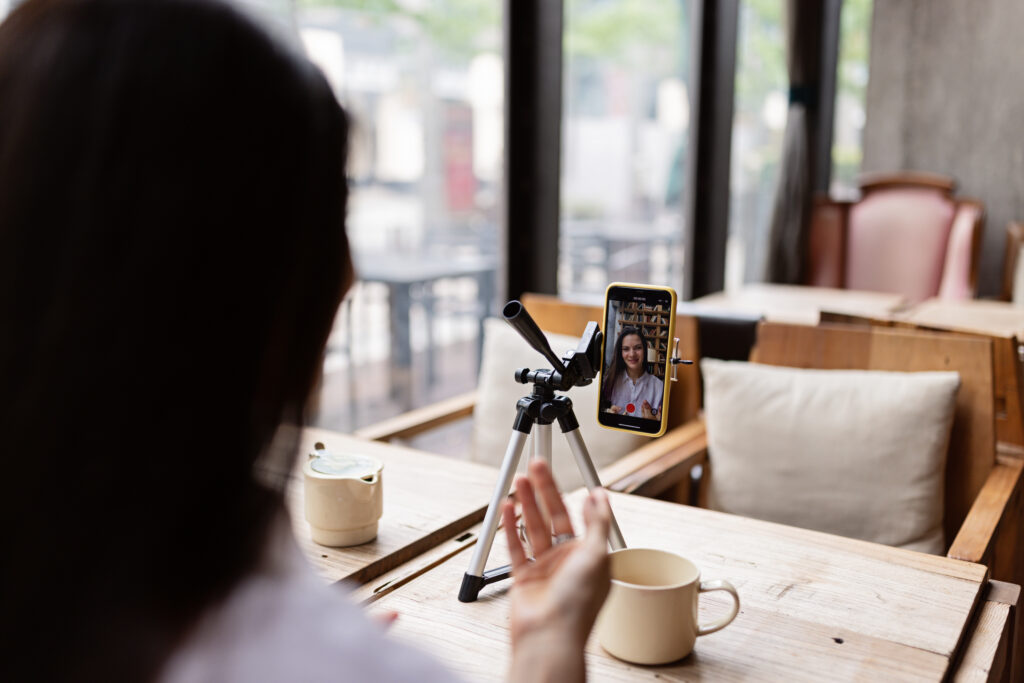


How To Become a Content Creator On Instagram
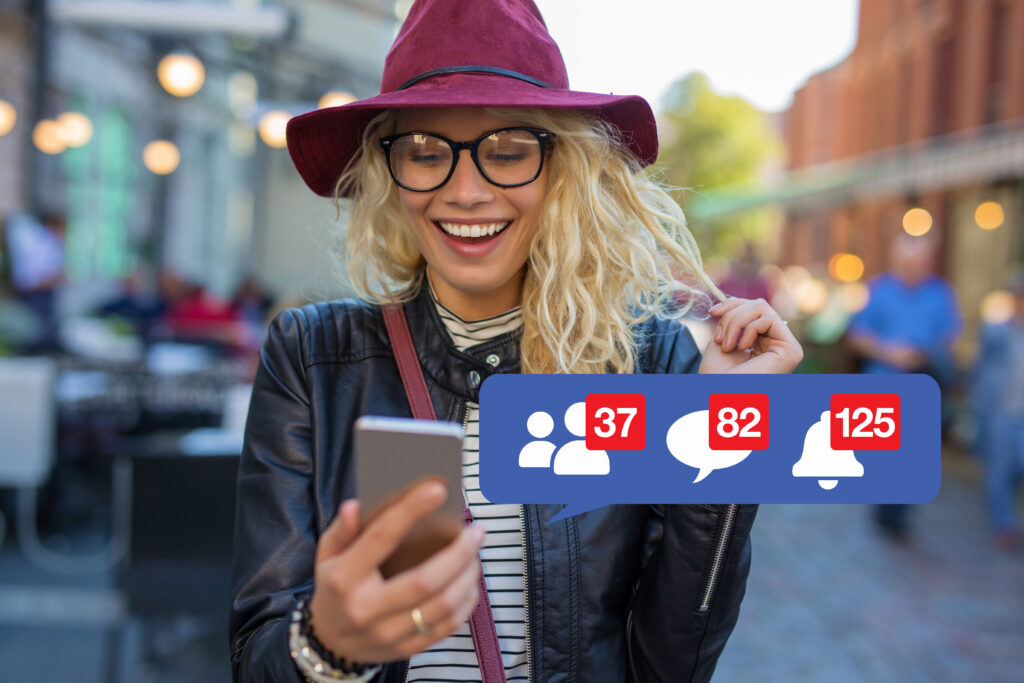


What Is a Digital Creator On Instagram?



How To Switch To A Creator Account On Instagram
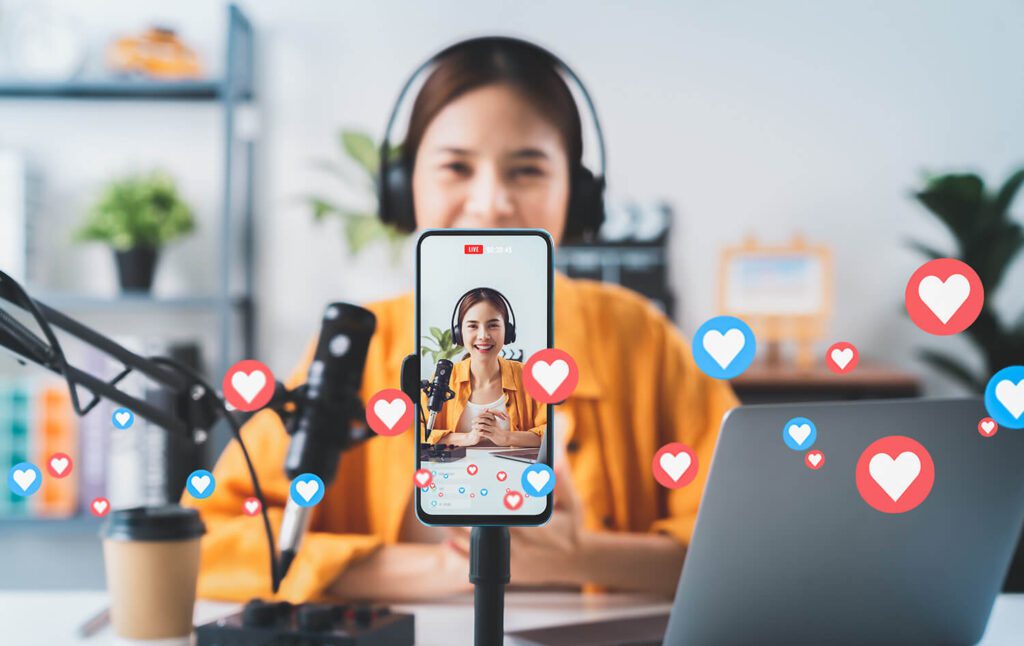


Top Influencer Marketing Trends to Watch



What Is One of the Biggest Challenges for Influencer Marketing?
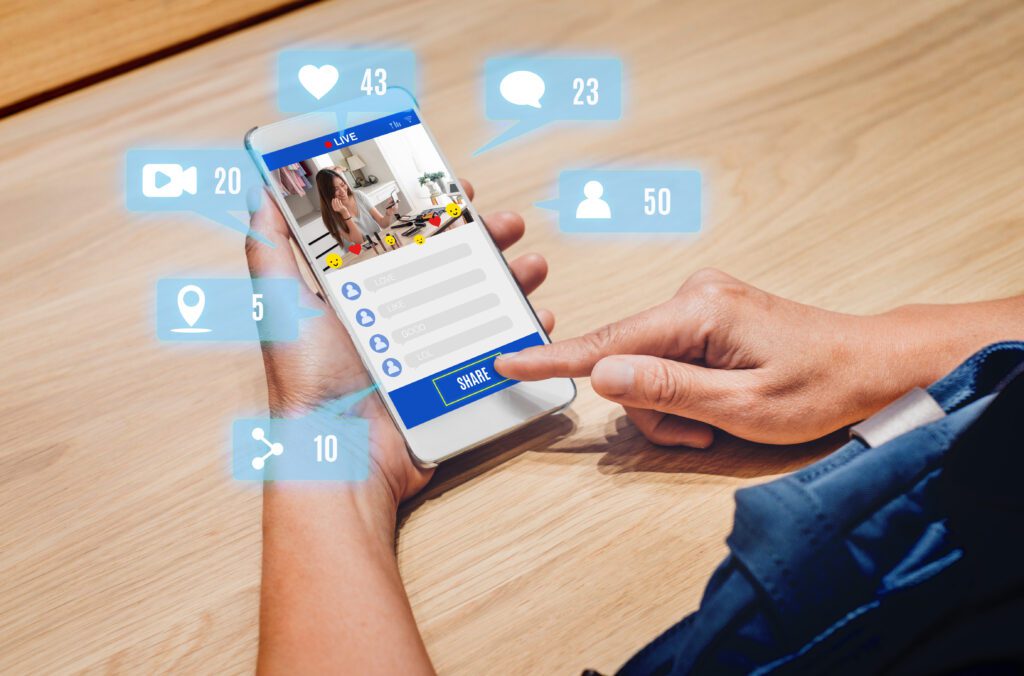


What Channels Are Most Popular for Influencer Marketing?
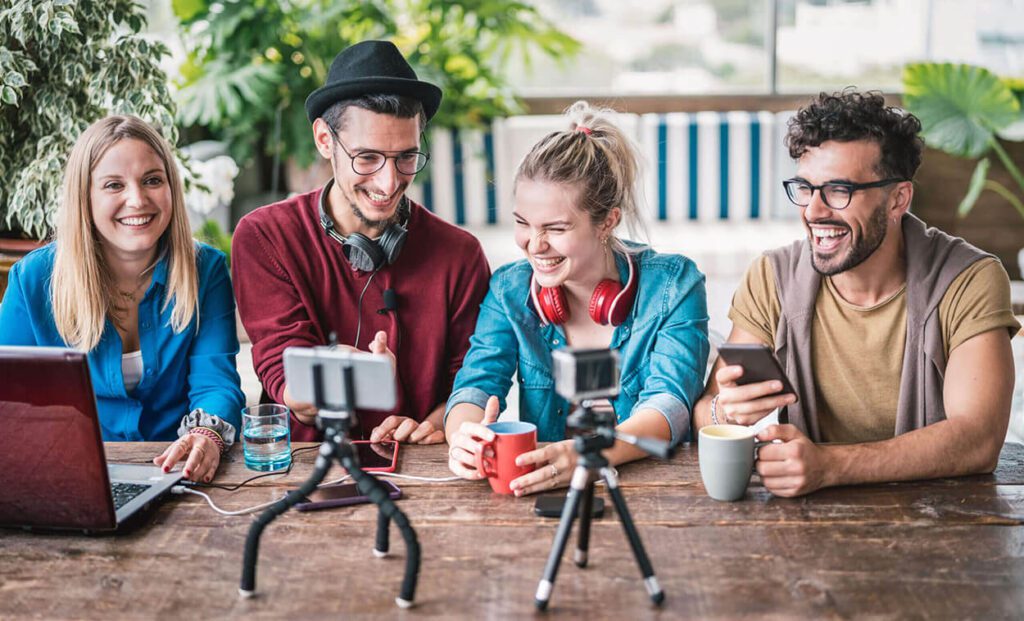


Influencer Marketing Trends in 2023



What Are the Benefits of Paid Partnership on Instagram?



How Do You Get a Paid Partnership on Instagram?
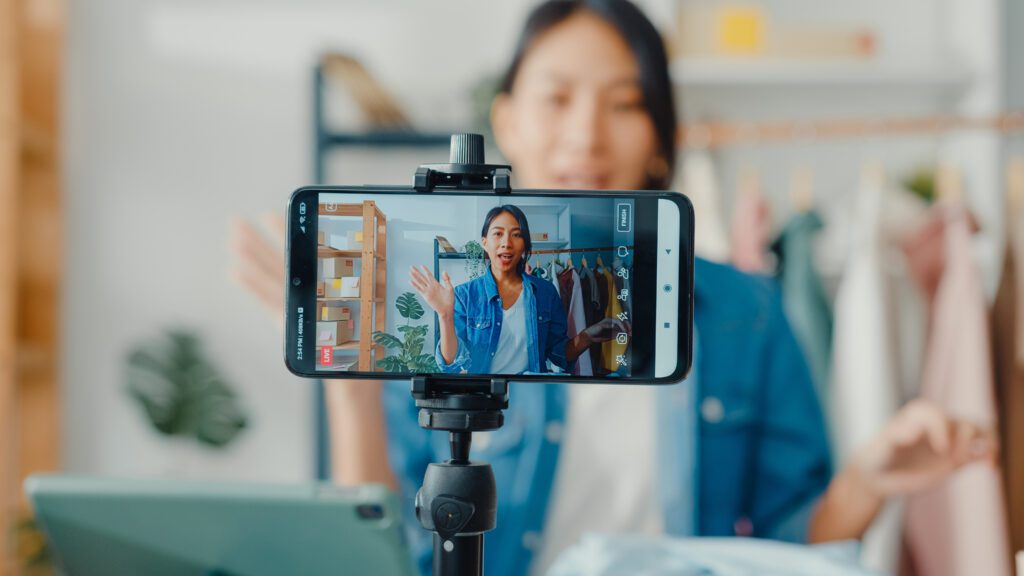


How Much Is a Paid Partnership on Instagram?
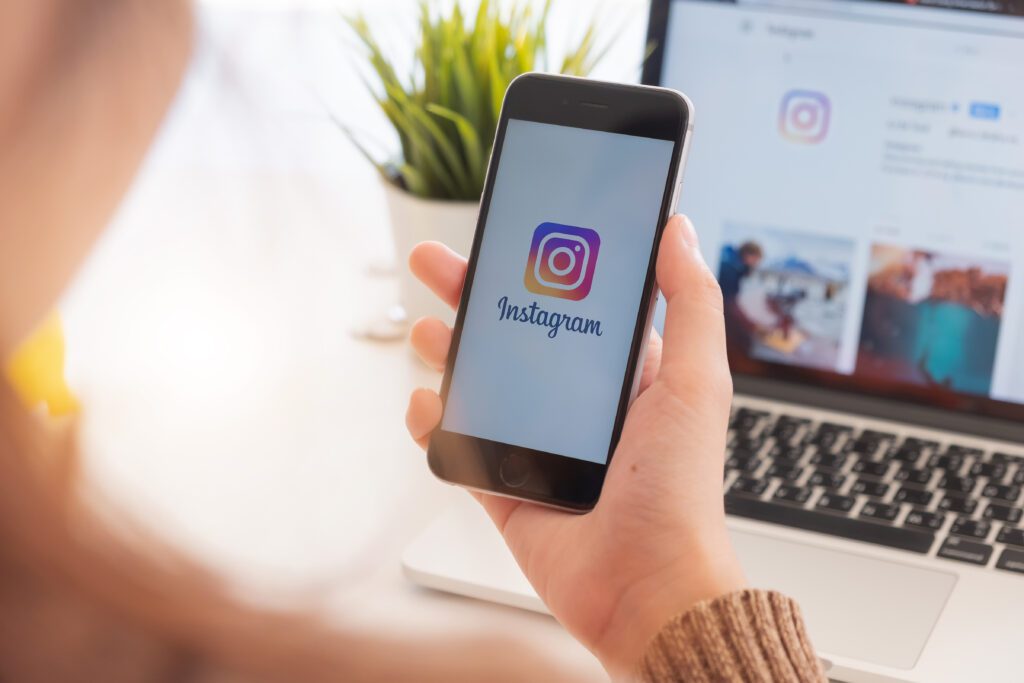


How Do Paid Partnerships Make Money On Instagram?



How Do You Create An Influencer Strategy?
In this blog, we’ll walk through the steps to create an influencer strategy, from understanding the different influencer types, to finding creators to partner with, to building



How To Create An Influencer Marketing Plan That Works
Creating your influencer marketing plan is easier than you might think. It requires you to determine your goals, do some research, and compare influencer marketing strategies —
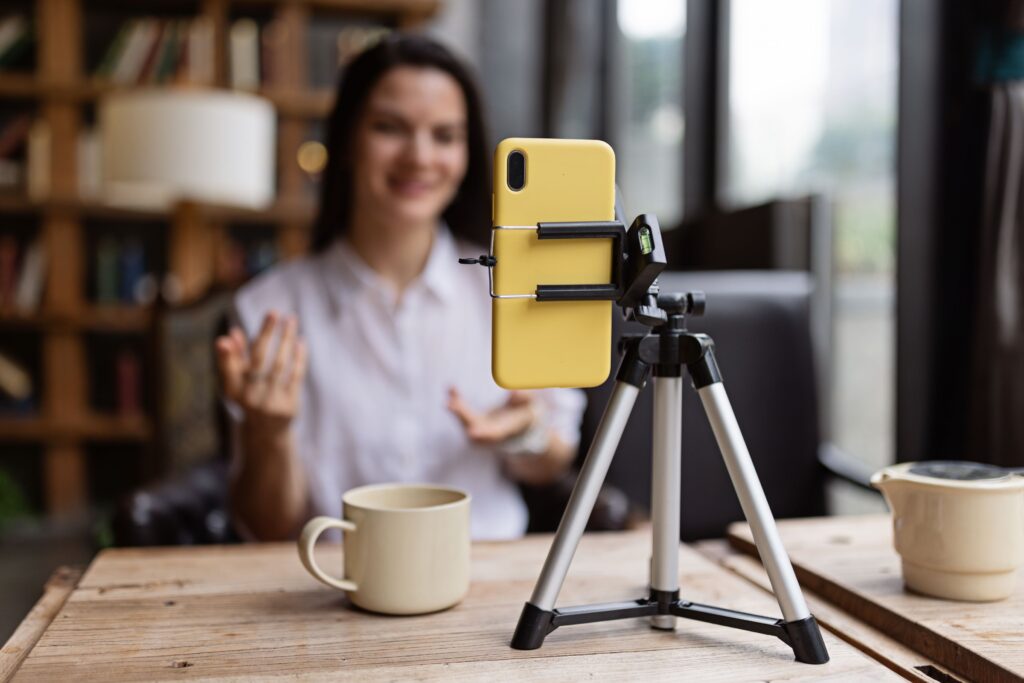


The Best Influencer KPIs of 2024
If you’re going to run an influencer marketing campaign, you have to familiarize yourself with key performance indicators for influencers. Here’s what you need to know about
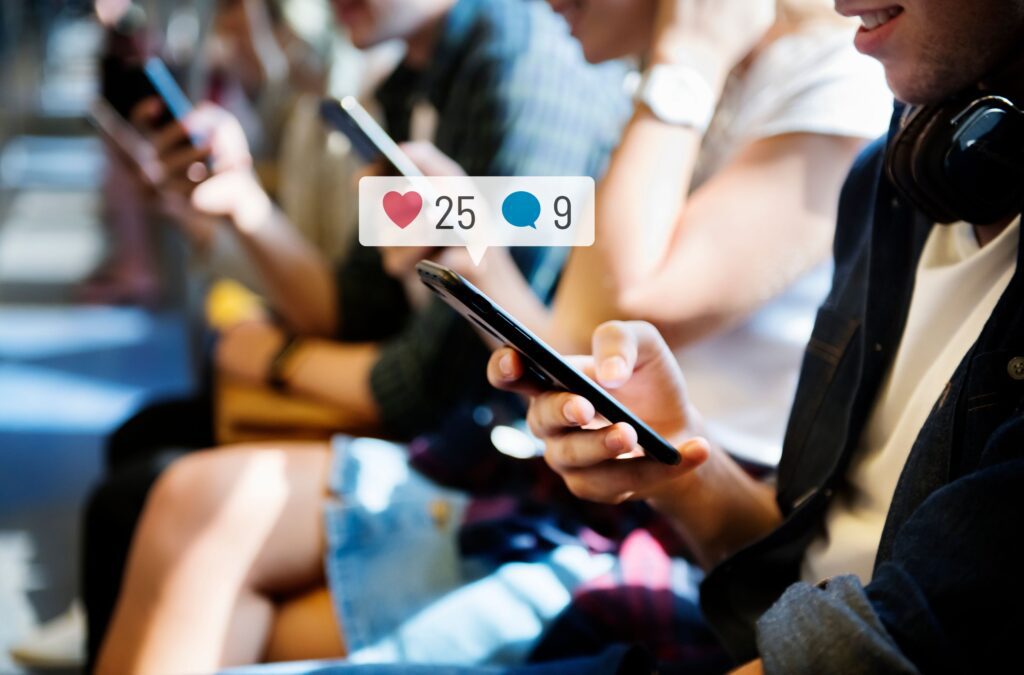


Where To Hire Influencers?
But how do you actually go about finding influencers to work with? Lionize has you covered with our quick guide. We’ll talk about how you can find
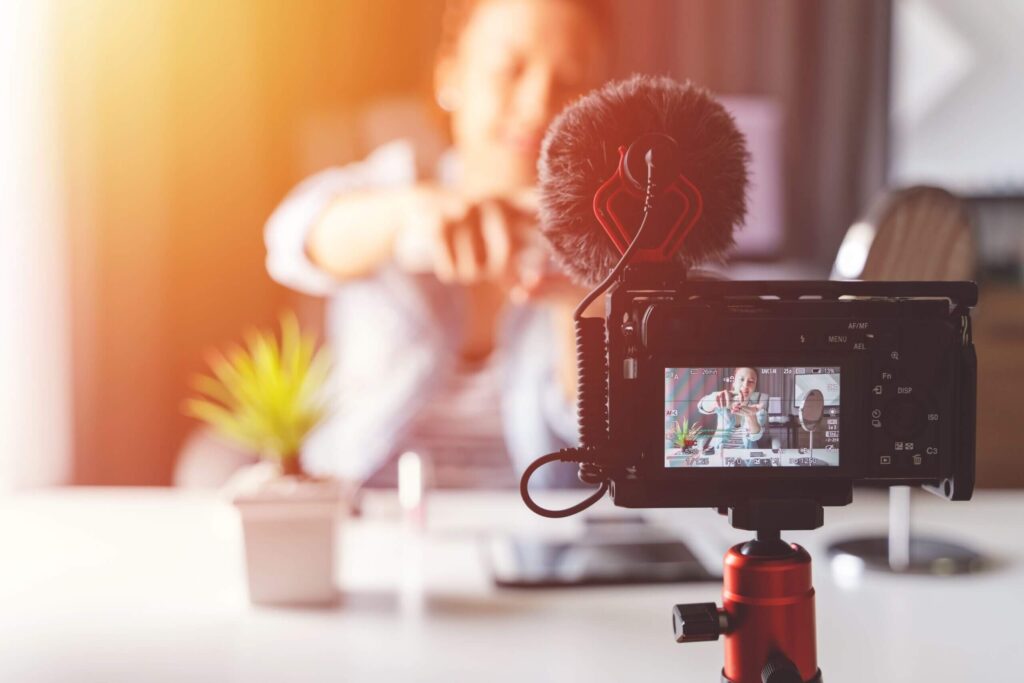


How Do I Start An Influencer Network?
If you’re wondering how to start an influencer network for yourself – it may be tricky, but it’s definitely beneficial to have content creators in your corner
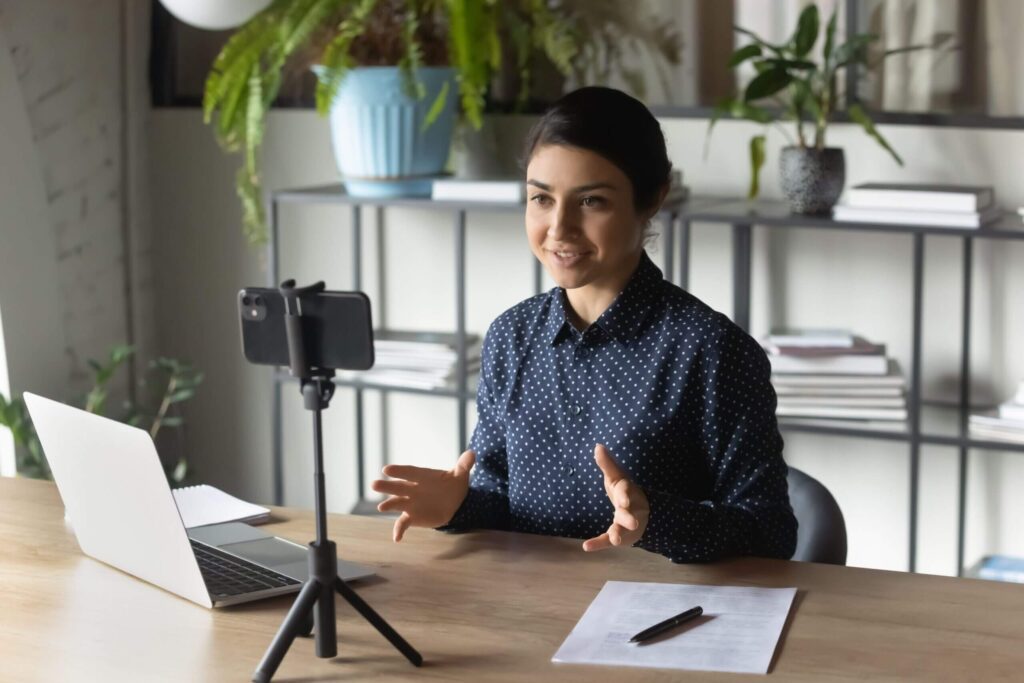


What Are Influencer Networks?
To get started with influencer marketing, many companies turn to influencer marketing agencies, platforms, or networks. If you’re wondering what influencer networks are and why they’re important



What Platform Is Best For Influencers?
An influencer marketing platform is a type of software tool aimed at helping brands and influencers connect for marketing campaigns. On the influencer side of things, an



What Are Examples of Branded Content on Instagram?
Many brands and influencers are now looking to use Instagram’s new branded content feature. If you’d like examples of how brands can use it or more information



What Is the Instagram Branded Content Warning?
Branded content is a new feature on the Instagram platform. It’s caused a lot of excitement and some confusion for influencers and brands that are looking to
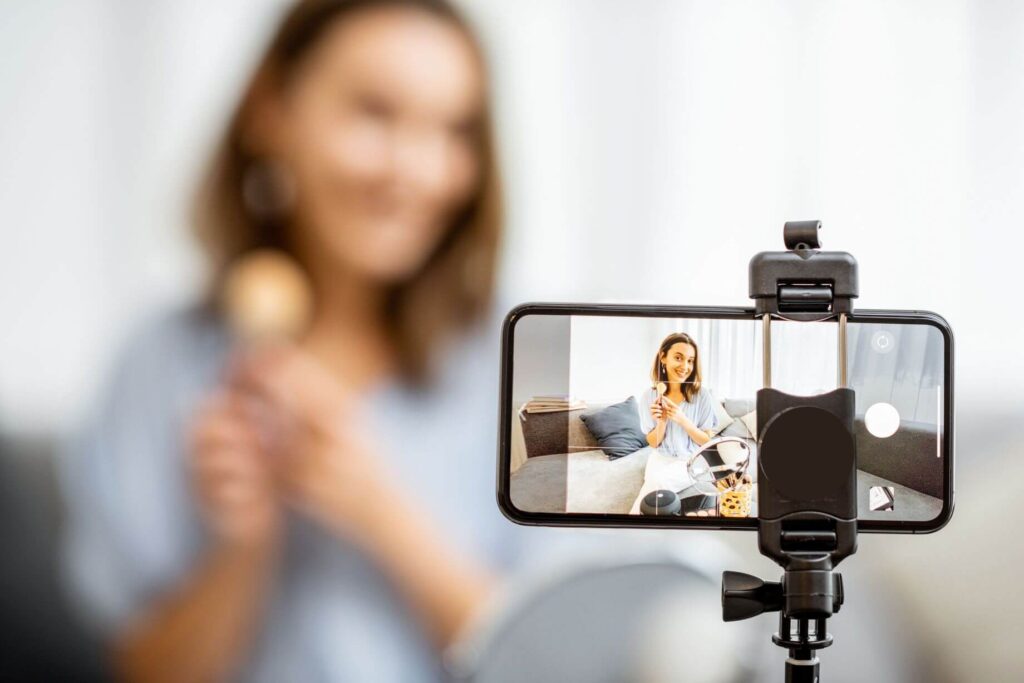


Why Is Instagram Flagging My Post as Branded Content?
Branded content is a new feature on the Instagram platform. It’s caused a lot of excitement and some confusion for influencers and brands that are looking to



How Do You Get Approval for Branded Content on Instagram?
Branded content is a new feature that Instagram recently released. It’s meant to help the process of brands and influencers partnering for marketing promotions. If you’re wondering



Why Can’t I Use Branded Content On Instagram?
In this blog, we’ll talk about the branded content tool and how to become eligible for a paid partnership on Instagram. Whether you’re on the brand side
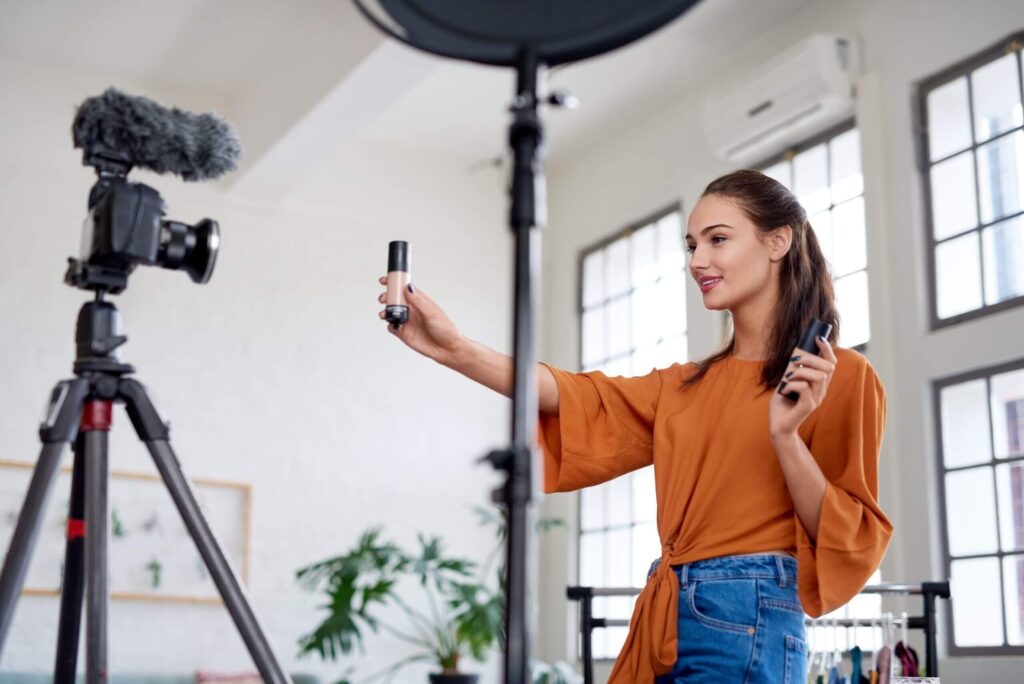


What Are the Three Types of Influencers?
This article will go over the three main types of influencers and other aspects that affect which influencers your brand should choose for partnerships. Read on to
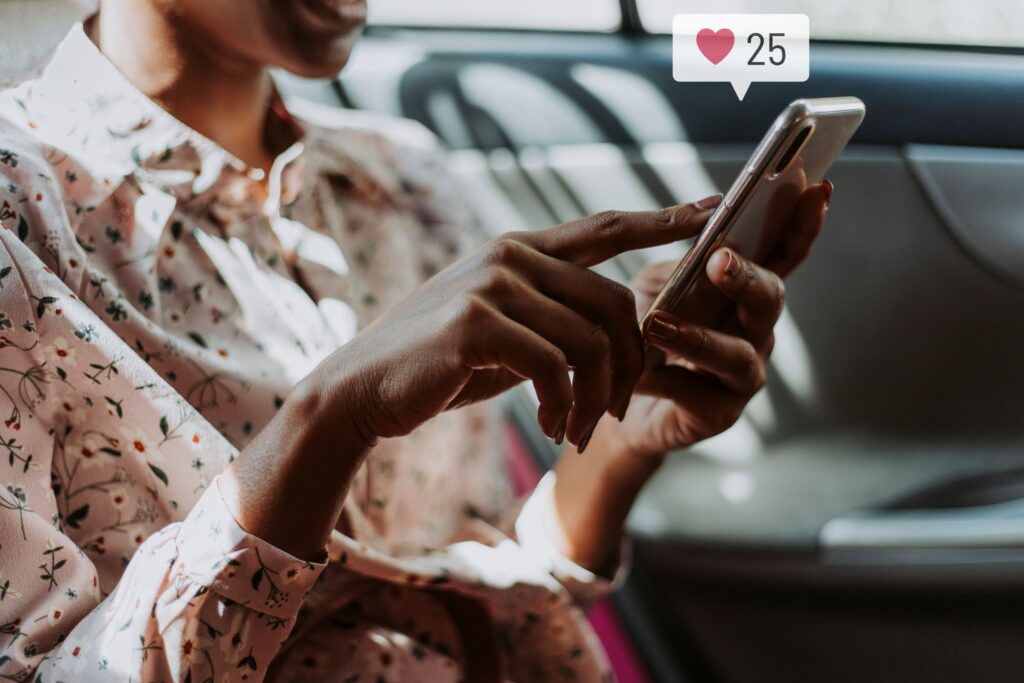


What Top Brand Categories Use Influencer Marketing?
If you’re considering getting into influencer marketing, you’re probably wondering what types of brands will get good results from it. This article will provide an overview of
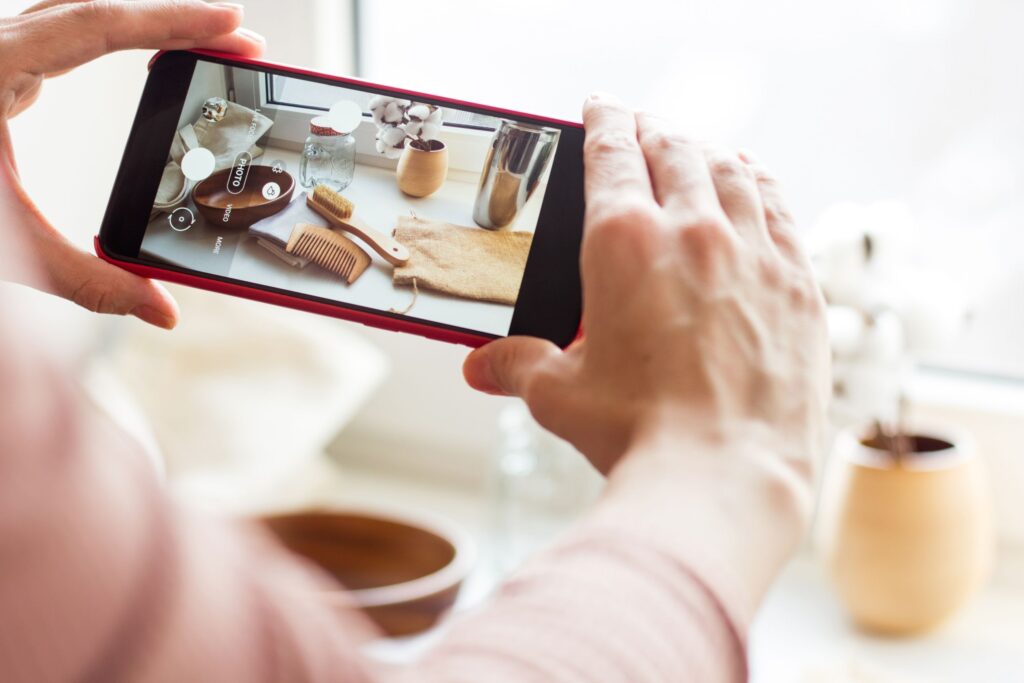


What Are the Four Types of Influencers?
This article will go over the different types of influencers and the most important things you should pay attention to when picking an influencer to work with
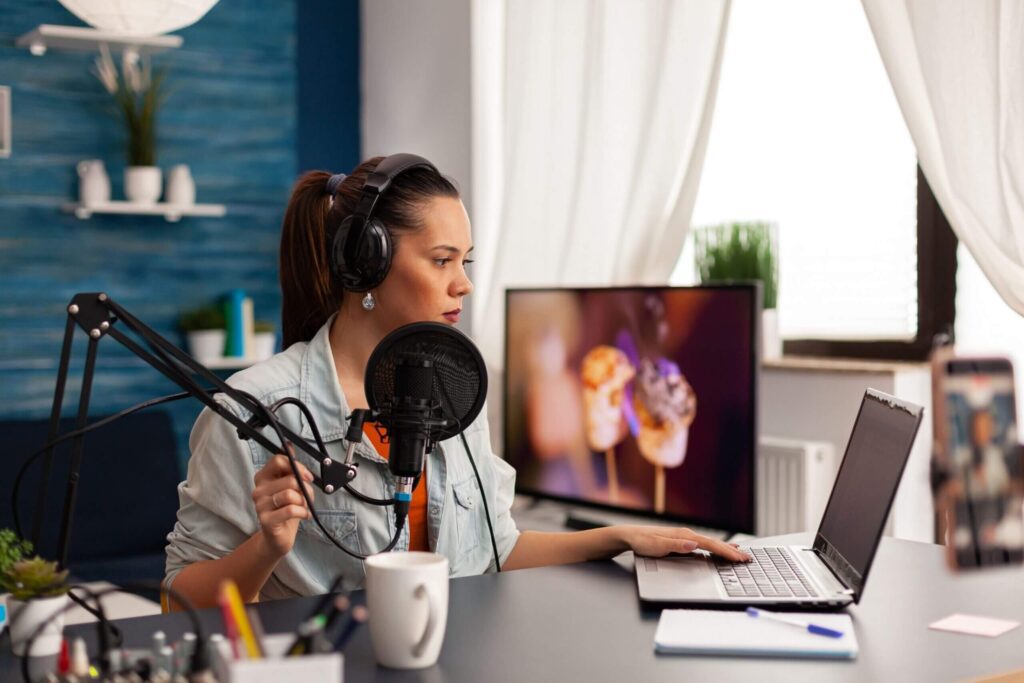


How Effective Is Influencer Marketing
So, what do the social media influencer statistics say about how well influencer marketing works? In this blog, we’ll explore the statistics on influencer marketing and the
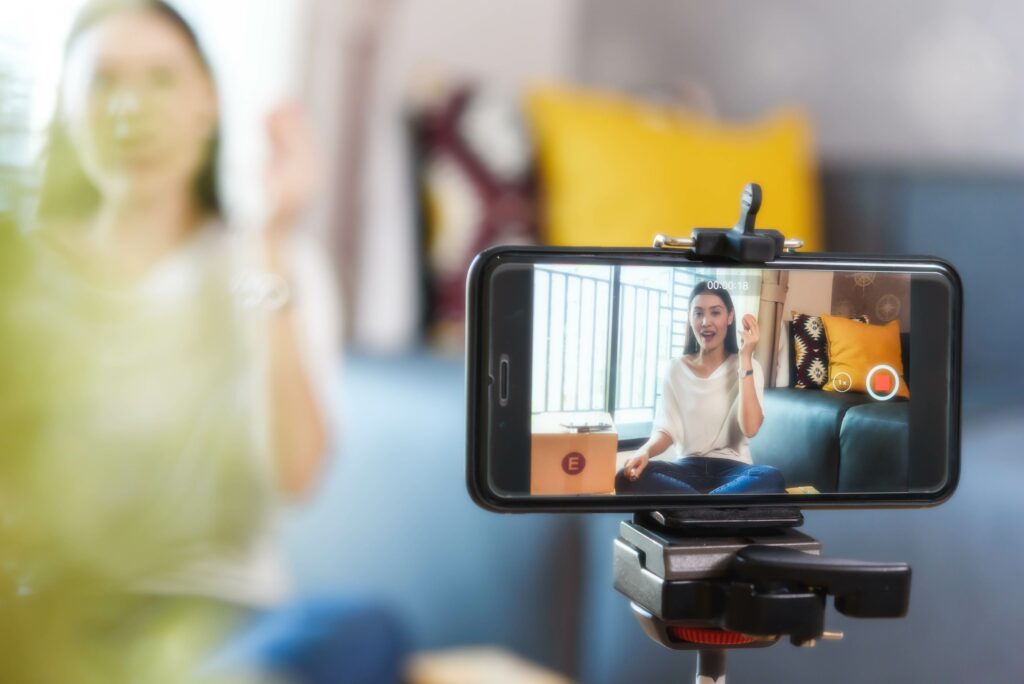


How Big Is The Influencer Marketing Industry?
Over the past few years, influencer marketing has become a hot topic in the marketing industry. The majority of marketers plan to increase their influencer marketing budgets



What Percentage Of Companies Use Influencer Marketing?
Let’s break down some of the key figures about influencer marketing growth and the impact of influencer marketing on consumer behavior.



What Are Some Influencer Marketing Strategies?
In this blog, we’ll discuss how to dip your toes into influencer marketing, as well as some top influencer marketing strategies that you can use to rise
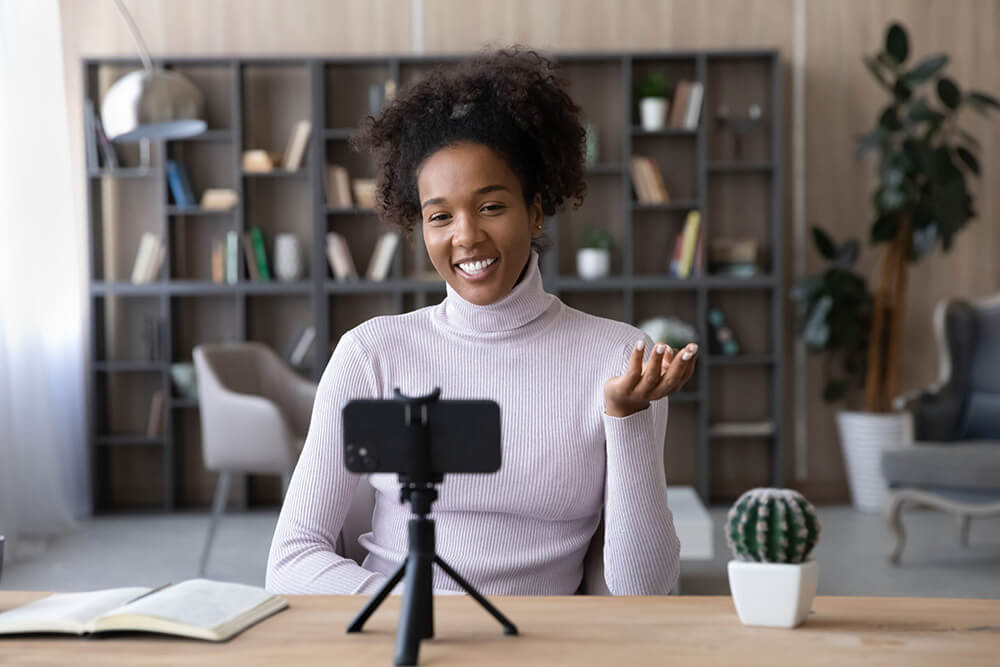


How Do I Get An Instagram Influencer To Promote My Product?
Discover top tips and tricks for influencer outreach in this blog, including a template on how to write an email to an influencer for collaboration.



How Much Does Instagram Influencer Marketing Cost?
The cost of working with an influencer can vary widely, depending on factors such as the influencer's reach, engagement, and niche. Each content creator is different in



How To Do Influencer Marketing On Instagram in 2024?
If your company is interested in pursuing Instagram influencer marketing but isn’t sure where to start, use this guide to learn how to do influencer marketing on
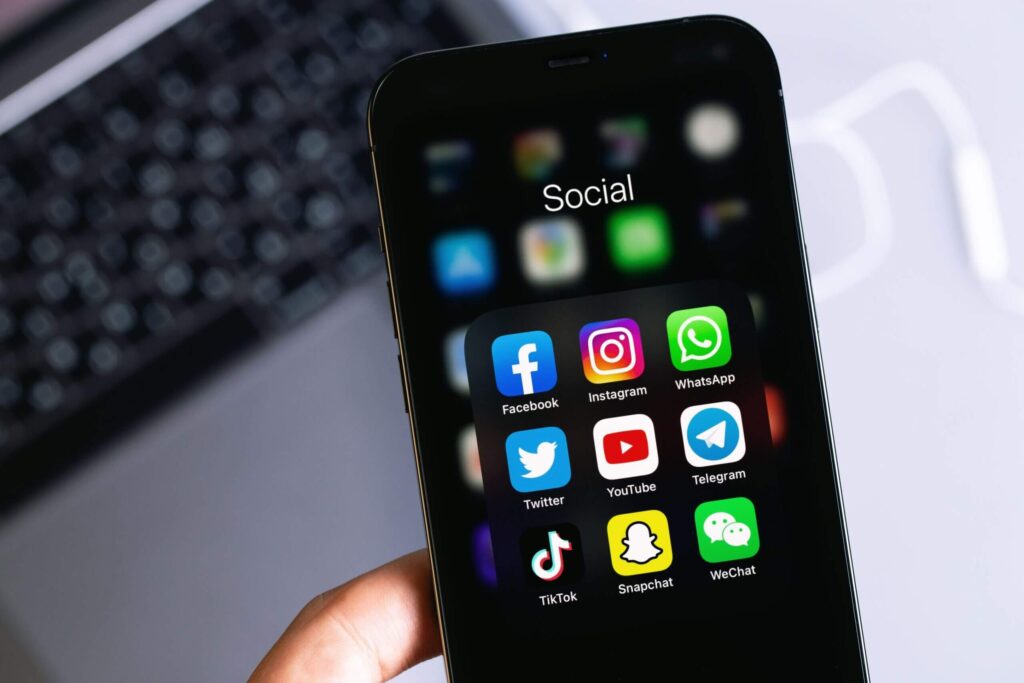


How Do I Choose An Influencer Marketing Platform?
Choosing an influencer marketing platform is a big decision, so it’s important to stay informed about your options and key differentiators between platforms. Here’s what you need



How Do Instagram Influencers Use Marketing?
Instagram is one of the world’s most popular social media platforms, with over 1 billion active users. It’s also home to some of the biggest influencers in
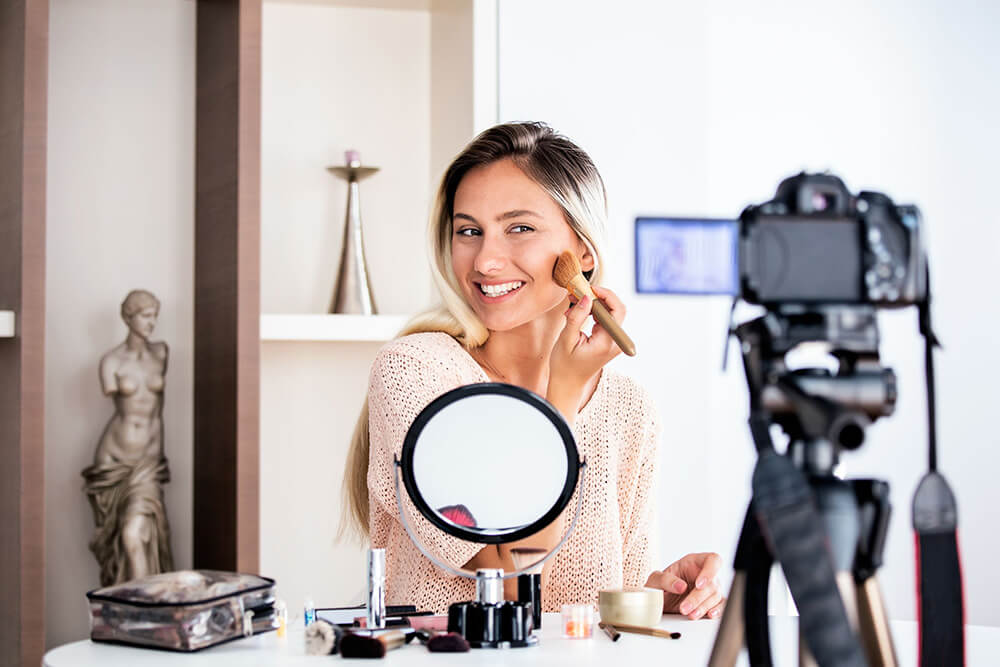


How Do You Promote Influencer Content on Instagram?
If your business is considering promoting influencer content on Instagram, you may be wondering how the process works or what the best way is to get started.
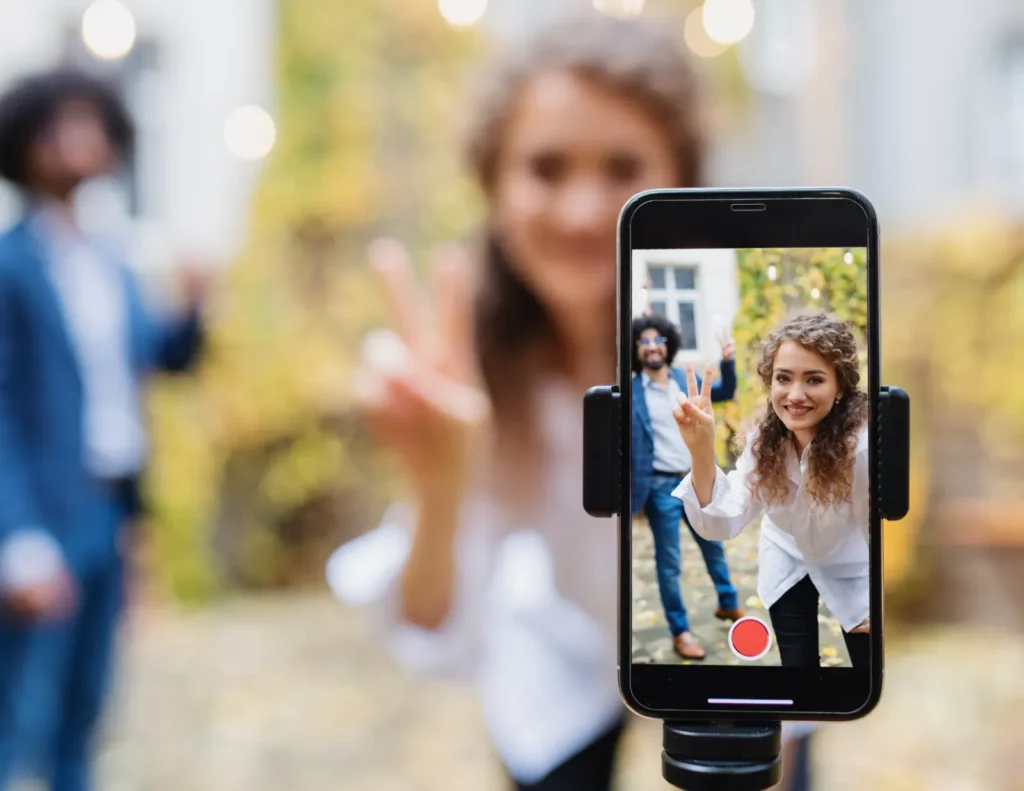


Why User Generated Content is Powerful
User-generated content (UGC) is a marketing agencies dream. Authentic, relatable content created by your audience for your audience.



What is Influencer Generated Content And How to Maximize it
How to use influencer generated content to make your brand shine in a crowded social media landscape.



The “Reel” Way to Market
Instagram has been heavily investing in Reels in response to TikTok’s rapid rise in popularity in recent years. Here's what you need to know.
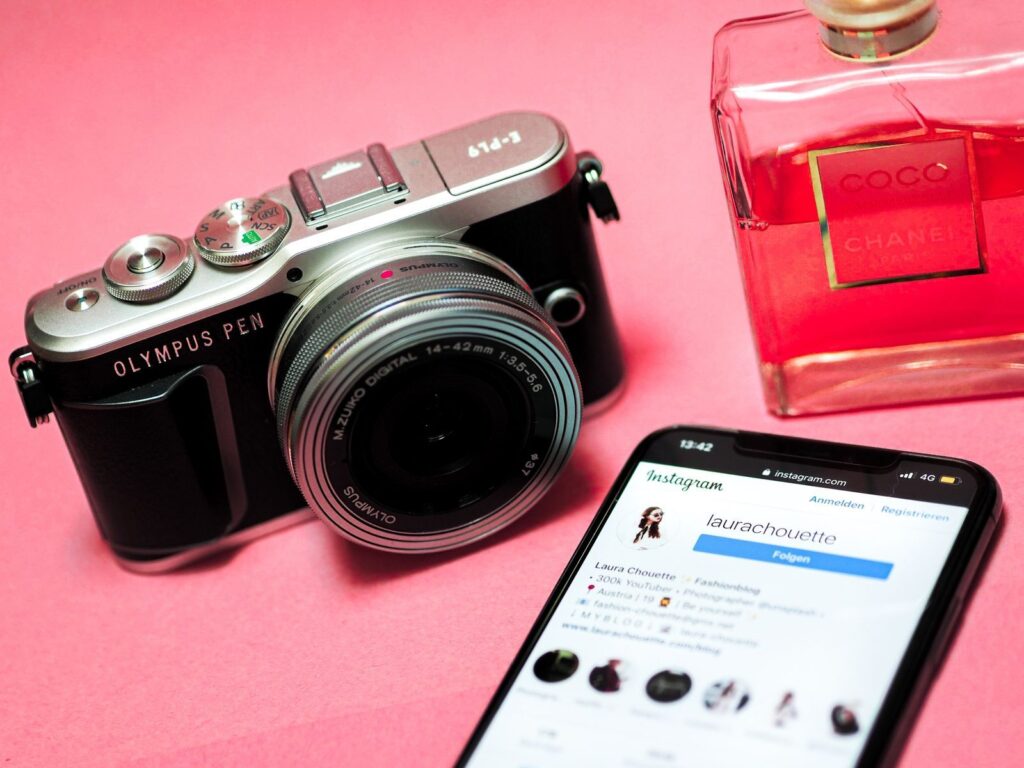


Techniques to Attract And Incentivize Your Influencer Partners
Recruiting the right influencers is the first step to any marketing campaign on social media. Learn how attract and incentivize the right influencers.
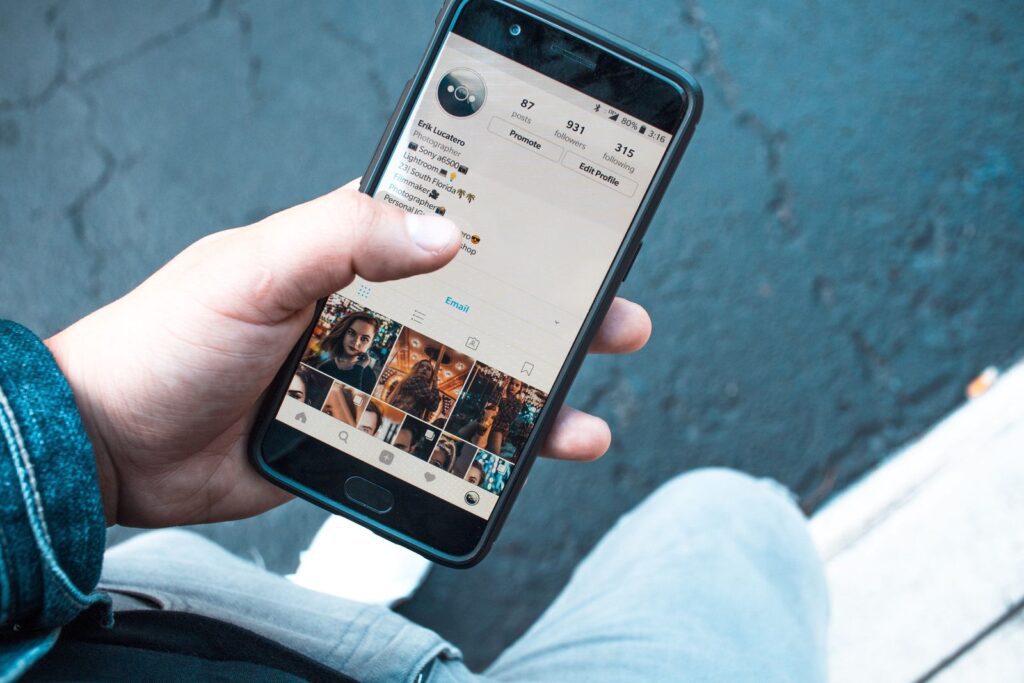


Instagram Influencer Marketing: Why You Need Micro-Influencers
Micro Influencers are changing marketing forever. With an unparalleled ROI, they are a social media manager's best tool to reach the right audience.
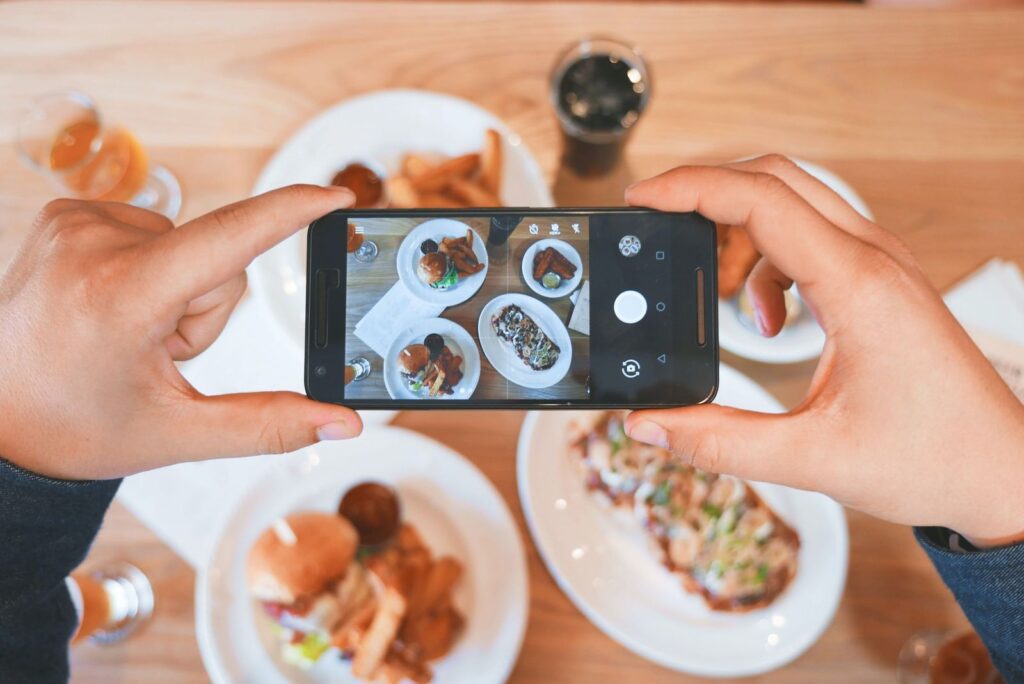


Influencer Whitelisting: Everything You Need to Know
Leverage your influencer's reach with Influencer Whitelisting. Learn how to take influencer marketing to the next level.



How to Run an Instagram Influencer Audit
Auditing an influencer is important in running a successful social media campaign. Getting the right influencers is more important than getting the most.
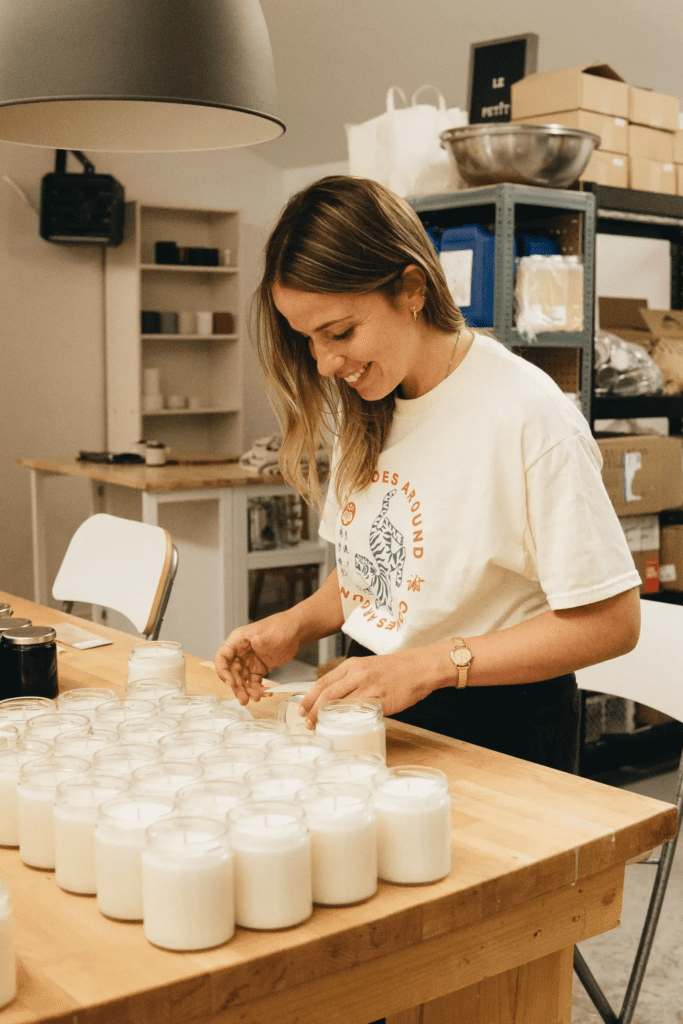


How to Write an Influencer Brief For Partnership
Learn how to write an Influencer Brief to attract the right content creators for your influencer marketing campaign.
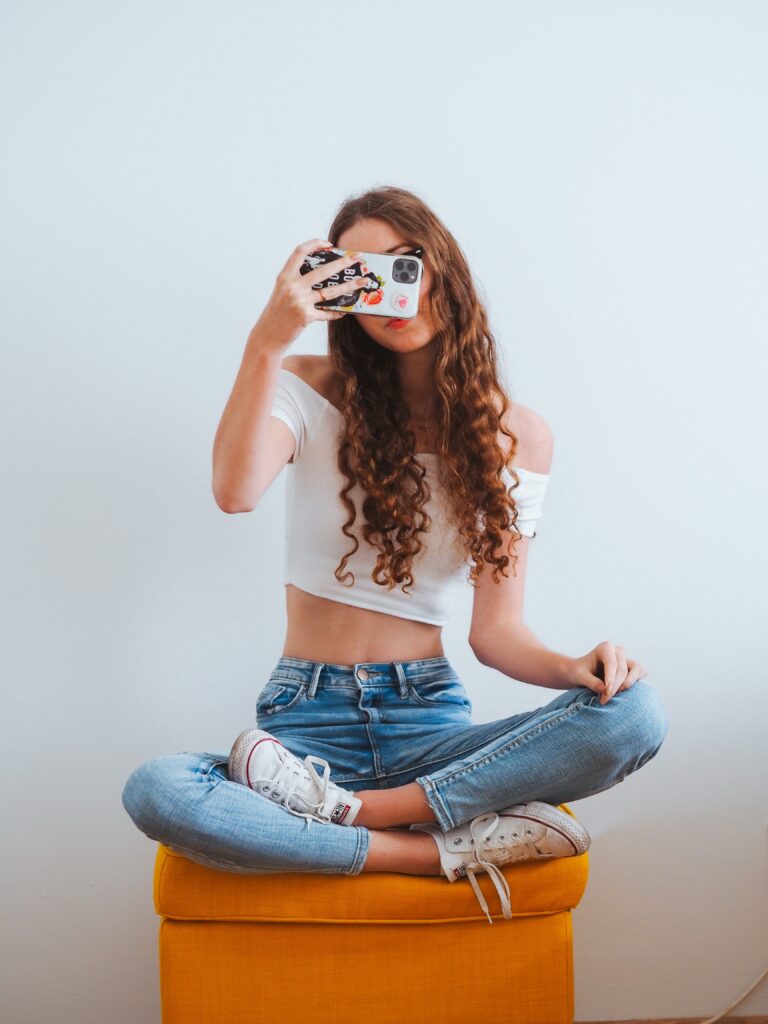


How Much Do Influencers Charge For Instagram Sponsored Post
Instagram influencer campaigns are one of the hottest channels of influencer marketing. It's practically indispensable for a proper social marketing campaign because they continue to grow and



How to Turn Around a Lagging Campaign
Influencer Marketing Campaign best practices and strategies to turn your lagging influencer marketing campaigns around.
6 Types of Influencer Marketing Campaigns
When thinking about influencer campaigns, the now classic ‘sponsored post’ quickly comes to mind. But there are many successful types of campaign you can run. We’re going
For Brands
We’ll help you find the perfect partners for your brand. Let our network of limitless Influencers build brand awareness and drive your digital traffic goals.
Book a demoFor Agencies
Finally, a platform that removes the heavy lifting of Influencer campaign management. Free your time to focus on your client’s creative strategy.
Book a demo